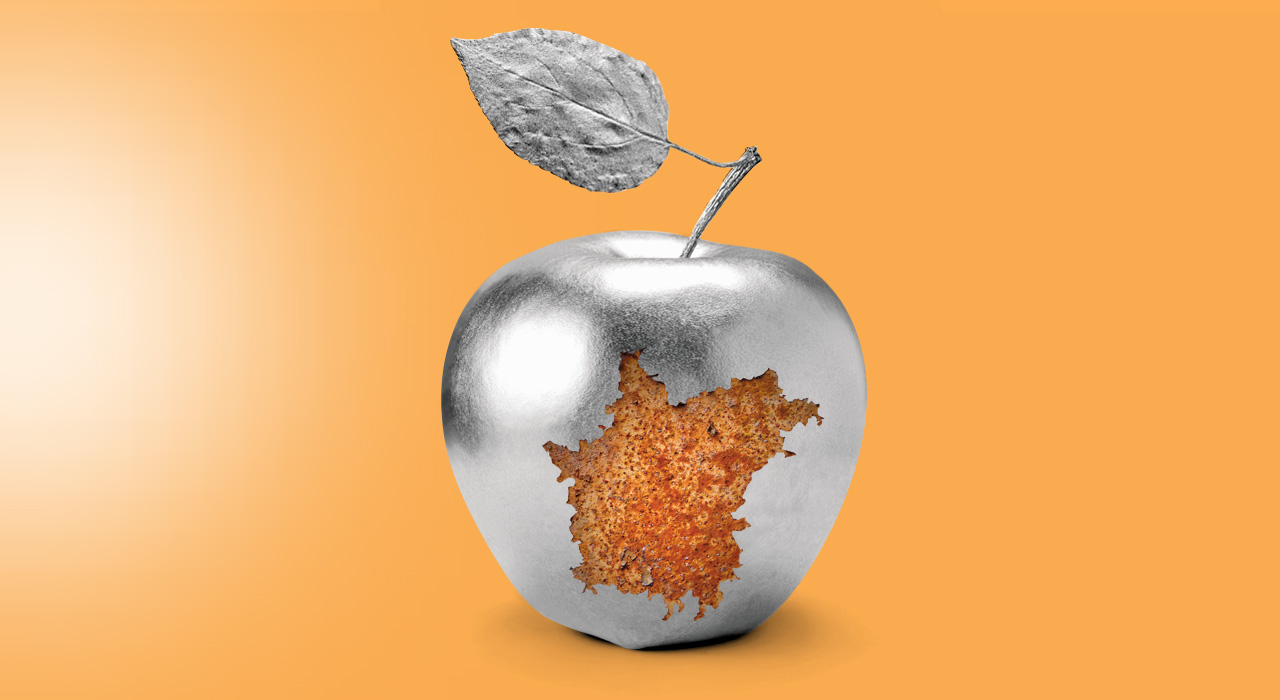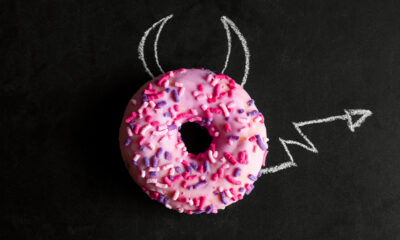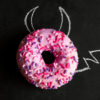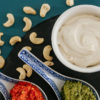Nutrition
A Brief History Of Weight Loss, Fads And Diet Trends
Have you heard of Weight Watchers, the 5:2 diet or Slimming World? No doubt you’ve used one or know someone who has. However, these type of fad diets aren’t a new phenomenon. They’ve been around for hundreds of years. Yes, even our ancestors were desperate to lose a few pounds. Some were effective but most were dangerous, reckless and downright insane.
In an effort to look back on our past and hopefully learn from our elders’ mistakes, we’ve pulled together some of the most crazy fad diets over the past 200 years for your enjoyment.
Vinegar and water diet
Popularized by Lord Byron in the 1820s, who was terrified of gaining weight. Initially, the poet starved himself, exclusively eating biscuits and soda water and occasionally treating himself to potatoes drenched in vinegar. After realizing that this ‘diet’ was, in fact, making him gain weight, Byron opted for what became known as the ‘Apple Cider Vinegar Diet’ which is still used today.
The diet claims to aid weight loss as the apple cider vinegar is supposed to accelerate the body’s metabolism. However, there is little evidence to support these claims. In a 2014 review, it was found that vinegars can help fight obesity, but there is no evidence that they positively affect metabolism.
Chewing and spitting diet
‘Fetcherism’ was named after Horace Fletcher, who lost 40 pounds through his weight loss method which was later named the ‘Chewing Diet’. Fletcher would chew his food 32-80 times until it became liquefied and spat out what was left. The premise was that you would consume less calories and enjoy a diet without any food restrictions.
As you can imagine, this diet is not recommended as it comes with many health risks and encourages eating disorders. There are no studies that support the effectiveness of the ‘get thin quick’ scheme.
The Lucky Strike diet
Historically, many people have smoked to help curb their appetite in an effort to drop some pounds. But, in 1925, cigarette company Lucky Strike went further and launched an advertising campaign to encourage people to do just that. The campaign boasted slogans such as: ‘When tempted to over-indulge reach for a Lucky instead’.
Obviously, this weight-loss scheme, isn’t found in the diet section of your local book shop. In fact, a study performed by the University of Lausanne found ‘The Cigarette Diet’ actually increased the risk of obesity and weight gain. Also, smoking has been proven time and time again to have severe health impacts and using this method can put your health at serious risk.

The Cabbage Soup diet
No one knows where this diet originally came from but, according to the American Dietetic Association, it was in the 1950s. Classed as fad diet, you eat cabbage soup for seven days as well as following a diet plan where certain foods must be eaten on certain days.
It gained serious popularity in the mid 90s when Cosmopolitan and GQ published the diet in their magazines. Although there is a lot of backlash about the effectiveness of this regime, it is accepted as a short-term weight loss solution which can work for some people.
– RELATED: Why Commercial Weight Loss Programs Don’t Work –
The Sleeping Beauty Diet
A highly dangerous diet from the 1970s, that originated from the notion that not sleeping enough can make you obese. Dieters would use pills such as Xanax and valium to sedate themselves or force themselves to sleep when they felt hungry. The diet is a form of slow starvation which reduces metabolism and any weight that is lost is water weight and muscle.
The diet has recently popped up again, but this time, healthier. Dr Michael Breus appeared on a UK diet show this year claiming to have lost 1st 3lb by using a ‘Sleeping Beauty Diet’. He sleeps nine hours a night and eats foods such as wholegrains, oatmeal and complex carbs which promote sleep. He also restricts caffeine and alcohol near bedtime.
The Atkins diet
Created by Robert Atkins in the 1970s, this low-carb diet was inspired by a research paper ‘Weight Reduction’ found in The Journal of the American Medical Association. The diet gained fame for claiming you could eat bacon and still lose weight.
The idea is to restrict starchy and sugary carbs such as bread, pasta and potatoes, but focus on proteins and fats like seafood, meat and cheese. The popularity of the Atkins diet in the early 2000s was blamed for a decline in Krispy Kreme sales.
While there were many controversies about the long-term health risks of high-protein, low carb diets, newer additions of the diet focus on lean proteins, healthy fats and high-fiber vegetables.
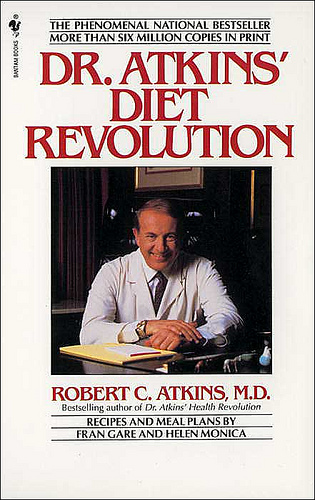
The master cleanse
If Beyoncé loses 20 pounds drinking nothing but water, lemon, maple syrup and cayenne pepper, would you do it? Apparently, that’s exactly what happened in 2006. The master cleanse is a modified juice fast that claims to detoxify the body and aid weight loss. As there is no food permitted, this is a short term ‘crash’ diet that is not promoted by dietitians or nutritionists.
The lack of essential nutrients and laxative component of the diet can lead to headaches, dehydration as well as many long-term health issues.
Here are TRAIN for HER, we do not endorse any dangerous fad diets and believe that a healthy balance between eating right and exercise is the most effective method for weight loss.


